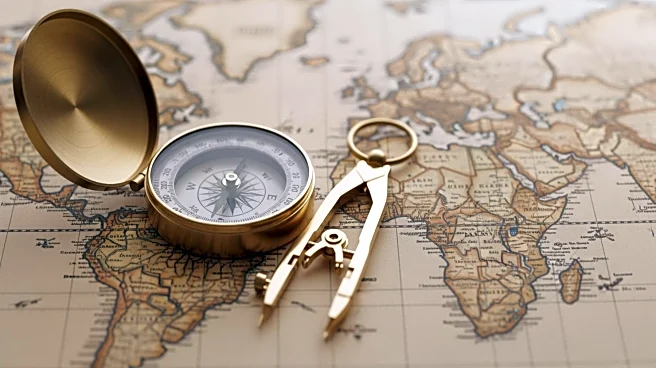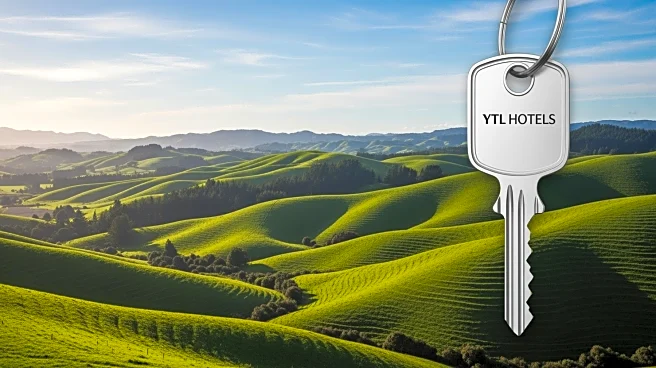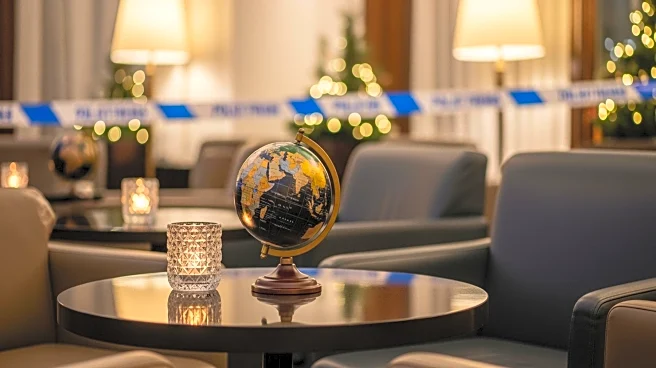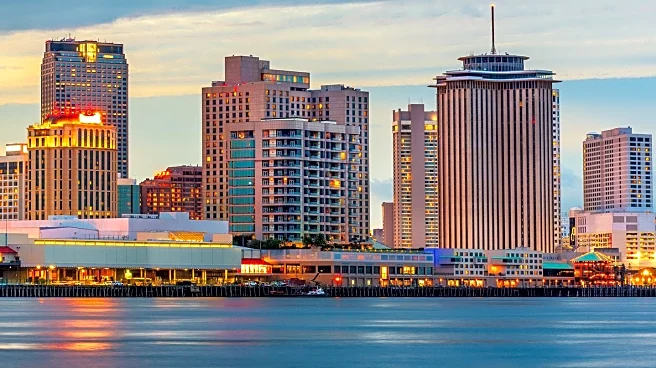What's Happening?
The Michelin Guide is set to expand into Oceania for the first time, with New Zealand receiving its own Michelin Guide in 2026. This expansion marks a significant milestone for New Zealand's dining landscape,
known for its dynamic and globally admired food scene. The inaugural edition will focus on Auckland, Wellington, Christchurch, and Queenstown, with inspectors already dining anonymously across the country. Backed by Tourism New Zealand, the Guide's arrival is expected to enhance the country's culinary identity and boost tourism. The expansion follows the Michelin Keys program, which recognized 19 New Zealand hotels for excellence.
Why It's Important?
The introduction of the Michelin Guide in New Zealand is poised to elevate the country's global culinary reputation, attracting international attention and boosting tourism. The Guide's presence can act as a catalyst for culinary tourism, increasing visitor spending and enhancing the visibility of New Zealand's hospitality sector. This recognition supports not only restaurants but the entire hospitality ecosystem, including chefs, producers, and tourism. The focus on local culinary styles and indigenous influences highlights New Zealand's unique food culture, potentially leading to increased international interest and economic benefits.
What's Next?
With the Michelin Guide set to debut in New Zealand in 2026, inspectors will continue visiting restaurants anonymously to ensure a fair selection. Restaurants meeting the Guide's standards will be featured in the inaugural release, offering chefs and diners world-class culinary experiences. The expansion may lead to increased international visibility for New Zealand's food scene, attracting culinary tourists and boosting the hospitality sector. The focus on local and indigenous culinary styles may foster a deeper appreciation for New Zealand's unique food culture, enhancing its global reputation as a culinary destination.
Beyond the Headlines
The expansion of the Michelin Guide into New Zealand reflects a broader trend of recognizing diverse and authentic food cultures globally. By spotlighting New Zealand's culinary identity, the Guide may contribute to a deeper understanding of the country's indigenous heritage and modern creativity. This move aligns with the Guide's mission to recognize culinary excellence worldwide, potentially influencing other regions to showcase their unique food cultures. The emphasis on manaakitanga, or hospitality and connection, highlights the cultural values that define New Zealand's dining experience, offering a unique perspective on global culinary standards.











